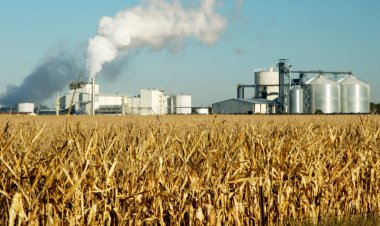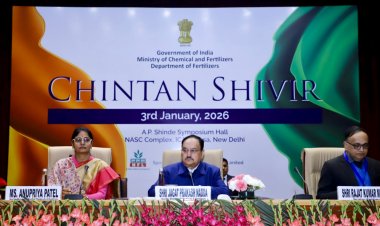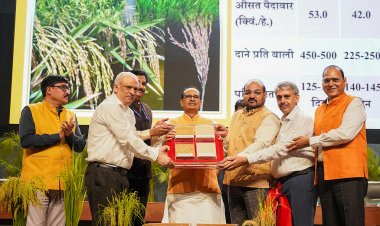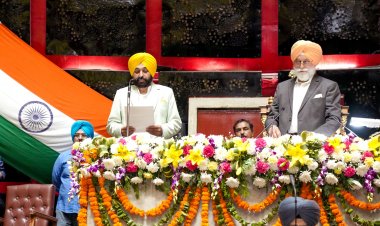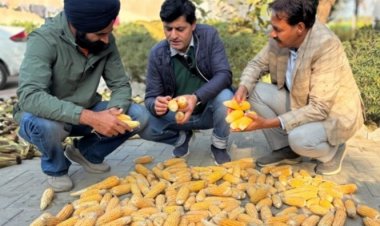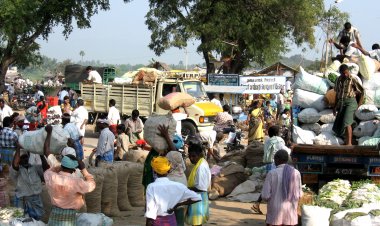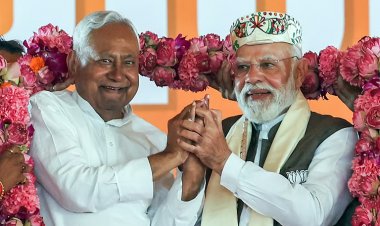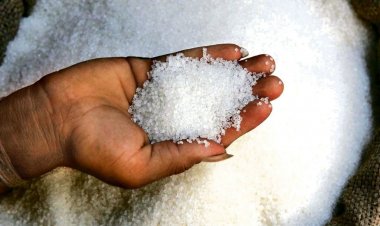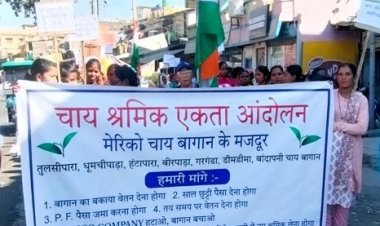Economy grows by only 4.1 per cent in Q4, GVA from agriculture by only 3 per cent in FY22
The Omicron wave-induced restrictions and high commodity prices have affected economic activities. As a result, India’s economy grew by only 4.1 per cent year-on-year in Q4 FY22 — the lowest in any quarter of the year. The NSO on Tuesday pared down the overall growth estimate for FY22 to 8.7 per cent from the 8.9 per cent projected in February.
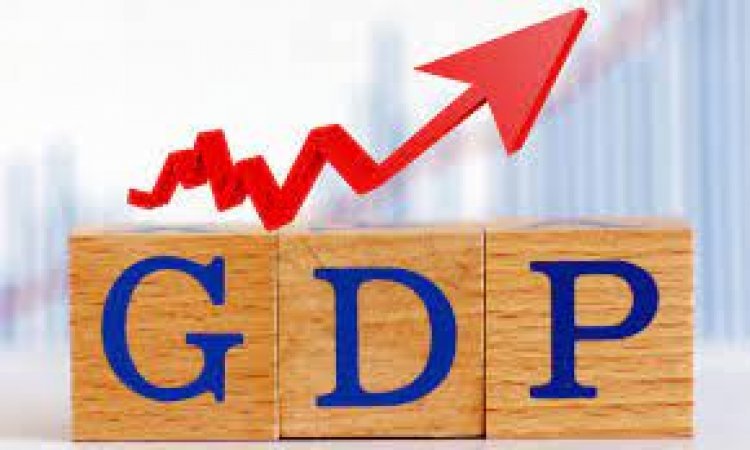
The Omicron wave-induced restrictions and high commodity prices have affected economic activities. As a result, India’s economy grew by only 4.1 per cent year-on-year in the January-March period of 2021-22 (Q4 FY22) — the lowest in any quarter of the year.
The growth rate for FY22 as a whole also came down from the earlier estimates. The National Statistics Office (NSO) on Tuesday pared down the overall growth estimate for FY22 to 8.7 per cent from the 8.9 per cent projected in February.
In Q4, agriculture continued to show buoyancy, recording a growth of 4.1 per cent. However, for the full year, the Gross Value Added (GVA) from agriculture rose by only 3 per cent, compared with 3.3 per cent in the previous year.
Economic activities were first curbed at several places due to the Omicron wave of the Covid-19 pandemic and later the Russian invasion of Ukraine led to a rise in the prices of all commodities and also disrupted their supplies. The epidemic has waned but the Russia-Ukraine war shows no signs of coming to an end. So, the growth rate in FY 23 is also likely to be affected.
The Gross Domestic Product (GDP) figures may be called disappointing also because of the reduced base: in 2020-21, the growth rate had been (–)6.6 per cent. In January-March 2021, too, the growth had been merely 2.5 per cent, and it is on this base that there has been a growth of 4.1 per cent in January-March 2022. The growth rate in agriculture was 2.8 per cent in Q4 FY21 and has now gone up by 4.1 per cent in Q4 FY22. It is important to note that the size of GDP has gone up by only 1.5 per cent in 2021-22 as compared to 2019-20.
According to the NSO figures, the production of rice has gone up by 6.4 per cent in 2021-22. The production of coal has increased by 8.5 per cent, but that of crude oil declined by 2.6 per cent. Significantly, crude oil production had also gone down in 2020-21 by 5.2 per cent. The country imports about 85 per cent of its crude oil requirements. A constant decline in its domestic production may make us all the more dependent on imports. This is all the more worrying because the rupee is trading at an all-time low. The value of a dollar has exceeded Rs 77.
The figures make another significant revelation. The GDP growth rate is 8.7 per cent at 2011-12 constant prices but it has registered at 19.5 per cent at current prices. The wide gap between the two shows the impact of inflation. That is, current prices have a substantial element of inflation. While the size of the GDP is Rs 147.35 lakh crores at constant prices, it is Rs 236.64 lakh crores at current prices. The per capita GDP had gone down by 7.6 per cent in 2020-21. It saw a rise of a similar extent in 2021-22 and has gone up to Rs 1,07,670. However, it is still below the 2019-20 level of Rs 1,08,247. The role of inflation is visible in these figures, too, as the per capita GDP at current prices has gone up by 18.4 per cent to reach Rs 1,72,913.



 Join the RuralVoice whatsapp group
Join the RuralVoice whatsapp group

















